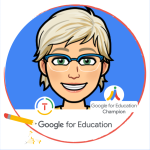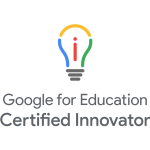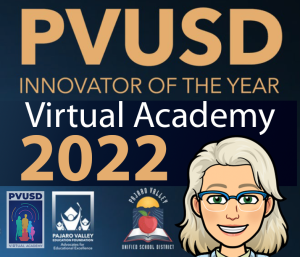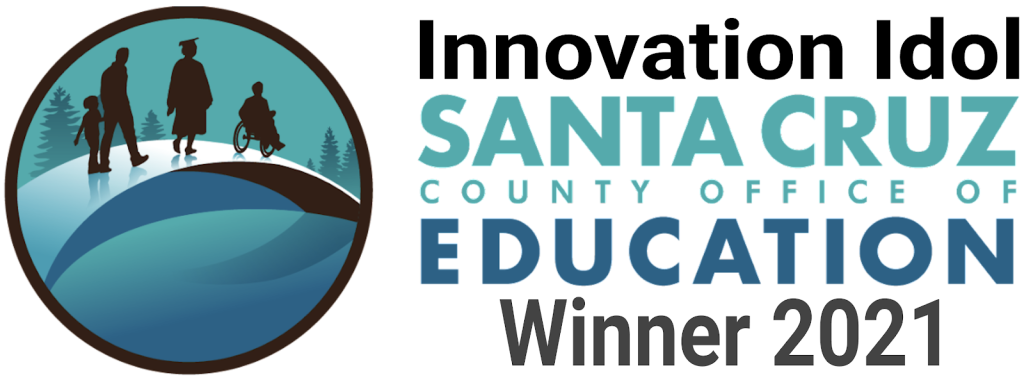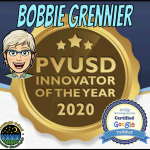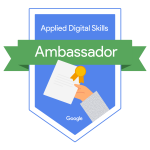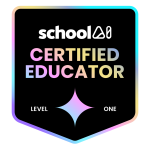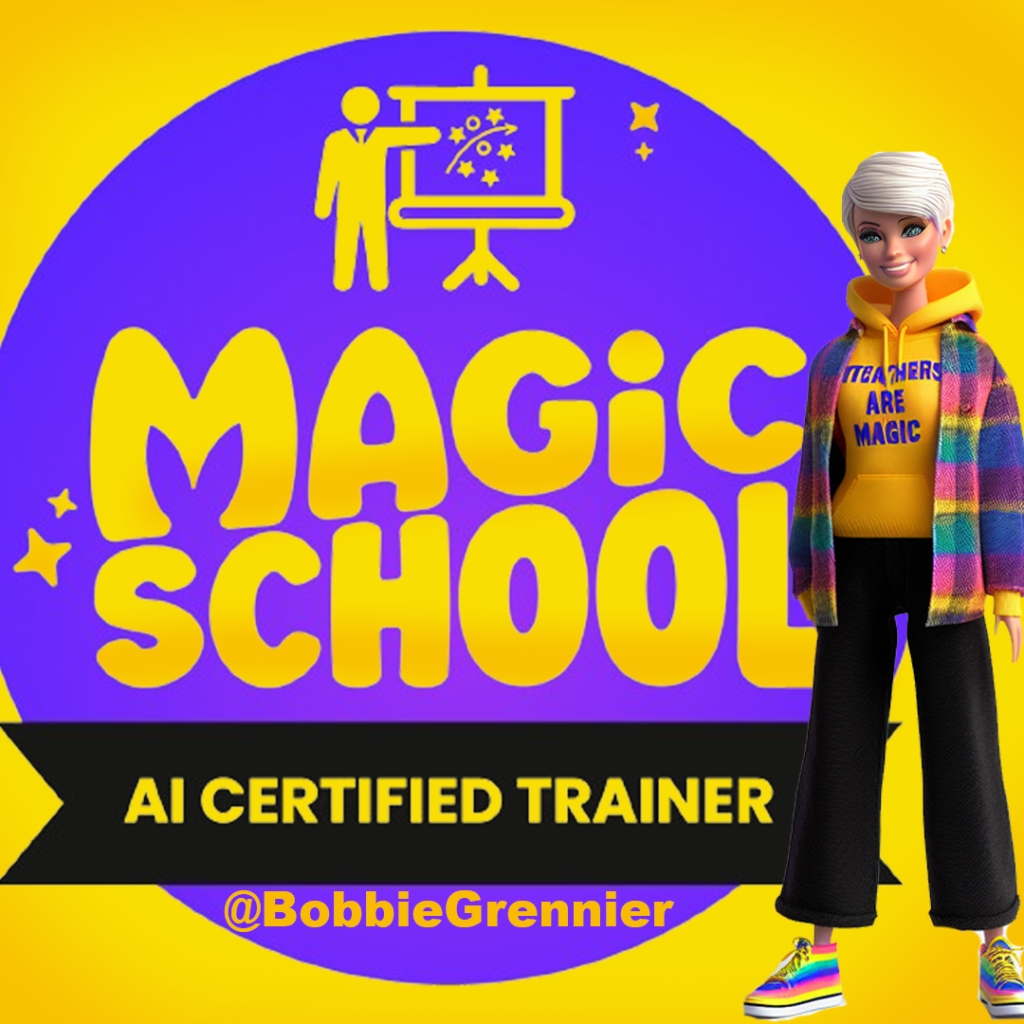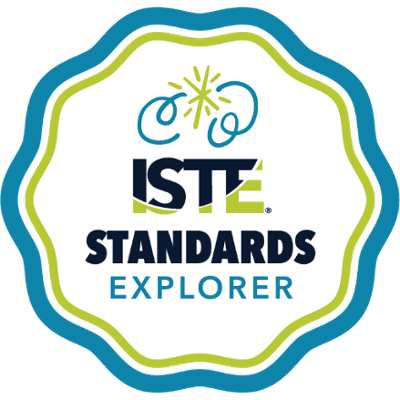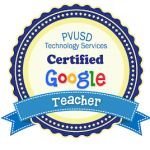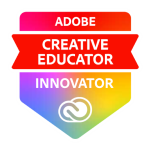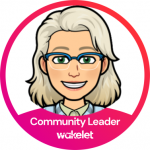The goal of teaching Social Studies is to help students develop the ability to make informed and reasoned decisions for the public good as citizens of a culturally diverse, democratic society in an independent world.
Content
Flexible, thematic curricula is at the heart of organizing instruction around broad themes. Students are allowed to engage in activities that focus on area of inquiry rather than specific skills. They learn social Studies by researching, reading and experimenting to answer real-world questions that they have posted themselves.
It is both student-student interactive and teacher-student interactive.
It is question-driven or problem-posing in format.
For English learners, this method allows for more interactive engagement with other speakers, for continuous concept development, and for expanding a base of vocabulary and language structures.
Connections
Students learn more rapidly and with more understanding when new concepts are connected to what they already know.
Activities that engage students in a review of what they’ve experienced relevant to the topics, helps the teacher assess where the students are at and helps the students to see how their experiences fit into the realm of Social Studies.
This also includes an oral history approach where students gather information from their families and community. Thus, students engage in many historical thinking skills outlined in the U.S. History standards.
Comprehensibility
Contextualizing instruction helps the ELLs to understand content and experience history.
- Graphic organizers provide students with a visual means to represent their content knowledge.
- Timelines can place events in chronological order.
- Population graphs can show the effects of events on people.
- Maps place significant events in their geographic location.
- Picture bring the past to life.
Mixing text with these contextual clues, helps student identify main concepts and information.
Classmates can help each other evaluate information read in order to write group reports.
For ELLs, the use of visuals, hands-on props and manipulative are essential.
Interaction
Cooperative learning helps ELLs to have increased opportunities to verify their comprehension through peer-to-peer communications and sharing of prior knowledge.
Re-Presenting Knowledge
Linking instruction to assessment doesn’t mean pencil-to-paper tests. It can be done through the whole process as outlined above. It is a much richer means of assessing students.


